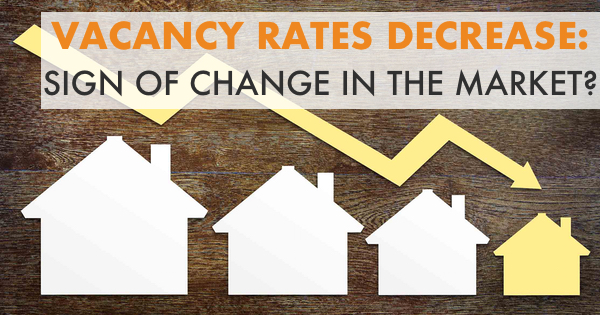Despite recent sales slump in the Calgary housing market, city-wide price averages are still only down 1.89% year-over-year, according to CREB data for July.
“In a buyers’ market, it’s critical for all parties to have the most up-to-date information to make a fully informed decision, whether you are buying or selling,” said CREB® president Tom Westcott.
“A REALTOR® can help make an accurate determination on how much to sell a home for or how much is too much when purchasing one.”
So important to impress this upon clients when they are considering going it alone!
Q2 housing market results are in for Alberta from Mortgage Professionals Canada! Here’s what they’re saying about the province:
The sales pace had been roughly stable (at a reduced level) during 2016 and 2017, but it appears there has been a further drop this year, which can be attributed to the duo of mortgage stress tests. The sales rate in Alberta is now at least 20% lower than would be considered a normal or healthy level (based on the population).
Volatile data creates uncertainty about the “true” rate of change for house prices, but it appears that prices were roughly flat during 2014 to 2017. The data for the first half of this year points to price reductions, but the very large month-to-month movements mean that this should be viewed cautiously. A few more months of data may add clarity.
Weak sales caused the sales-to-new-listings ratio (“SNLR”) to fall sharply after 2014, and there has been a further reduction this year. The current SNLR is far below the threshold (56%) for a “balanced market” (this is the level at which prices are expected to rise by 2% per year). At the current level of the SNLR, there is a risk that prices could fall more sharply if consumers lose confidence in the housing market (if fears about future prices cause potential buyers to pause and sellers to accept low offers).
That being said, things may be changing. Calgary’s vacancy rate has dropped for the first time since Alberta’s recession ended in 2016. One economist says, in this recent article, this is a step in the right direction for the city’s recovering housing market. With inmigration on the rise again, we hope that the increase in population will help offset the decrease in absorption in the market.
Last month we talked about how the new qualification rules and increasing rates were affecting the housing market. Last week, a newly released federal analysis says younger, middle-income households will feel the biggest impacts from the Bank of Canada’s gradual move towards higher interest rates.
Those affected most live in Ontario and BC. The two provinces with the highest property values. Most likely speaking to how these new homeowners had to stretch to buy in these markets before homeownership became even less affordable.
Meanwhile, enter new qualification rules. A growing number of young Canadians are acclimatizing themselves to the idea that they will never end up owning a home and remain permanent renters. But the reasons are less to do with property prices than they are with the difficulty in obtaining a mortgage to begin with.
That’s the conclusion reached by Mortgage Professionals Canada in a new report that assesses the state of the housing market in Canada since the strict new qualifying rules took effect in early 2018.
“We estimate that to this point, about 100,000 Canadians have actually been prevented from buying a home as a result of stress testing now required by the federal government (even though they could have afforded to buy based on their actual circumstances),” the report wrote. In a similar report written last month, Will Dunning, the Chief Economist of Mortgage Professionals Canada called the mortgage stress tests “truly stupid” and “unnecessarily and ridiculously dangerous to the economy.”
We appreciate the honesty Will!
If you have clients that are having difficulty getting approved under the new rules, or simply want to understand how the new rules affect them, tell me to give me a call!
Finally, interest rates. What can we expect? Well according to the recent Mortgage Professionals Canada report, bond yields (5-year Government of Canada) have been roughly flat since early January.
In consequence, mortgage rates have changed little this year. The current rate (3.34%) is about 1.25 points above the yield for 5-year GoC bonds, versus an average of 1.83 points over the past decade. The compression of housing activity is resulting in more competition among lenders.
So rates are currently not providing the spread is not providing the return lenders typically price their products at. We’ve seen some lenders increase their rates in hopes of dragging other lenders with them. With upward pressure on rates, we’ll have to see if this pricing tactic works.
What about variable rates? Stronger economic data coming out of both Canada and the US has analysts leaning toward more Prime rate increases in the nearer term.



Leave A Comment